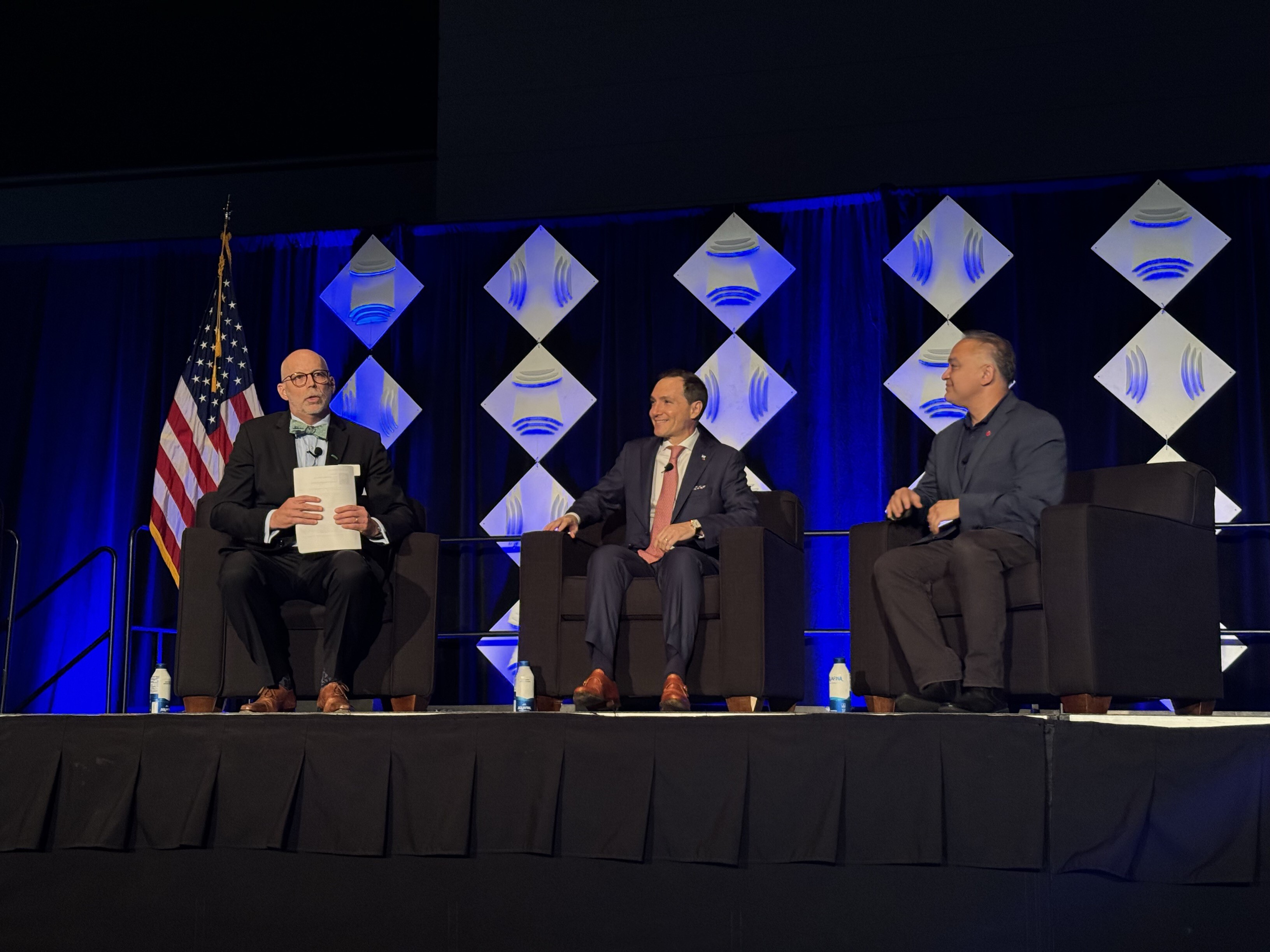Key Considerations for Food Supply Chain Sustainability Assurance Programs

Key Considerations for Food Supply Chain Sustainability Assurance Programs
This year’s GFSI theme, Delivering Impact for Safe Sustainable Food, sparked an interesting question for me: How can any company, regardless of circumstances, magnify its ability to provide safe and sustainable food? One solution that contributes to this goal is a supply chain sustainability assurance program (SCSAP).
Two primary components must come together to ensure program success: stakeholder activation and the program build.
Part I: Stakeholder Activation
Ensuring that key stakeholders are aligned and engaged with these programs is a foundational need.
Build a Vision

A shared vision is necessary to align people with the program and its goals – whether initiated by an executive or individuals at another level. Either way, it must answer some key questions:
- ESG Criteria: Which ESG factors do we prioritize? Are there ESG reporting frameworks or standards for which we can collect data?
- Strategy: Do these ESG factors align with the company mission and strategy?
- Scalability: What existing supplier standards or development infrastructure, like food safety, can link to this program to support scalability?
- Incentives: What incentives can we offer partners to participate?
- Success: What does success look like?
Develop Internal Champions, Refine Vision
After establishing an initial vision, generate internal support by seeking input during discussions with leaders and team members in cross-functional areas who will implement it. This includes support from an executive leader if an executive did not launch the vision, which is essential for program success. Identify improvements, potential roadblocks and solutions to enhance the vision.
Engage Suppliers
With an executive on board, it is time to involve strategic supply chain partners. Strategic partners can be defined in different ways, but in the food industry, it means suppliers that provide large volumes of product; ingredients linked to controversial environmental or social issues (e.g., palm oil and deforestation); or represent a long-term relationship.
Introduce suppliers to the program’s vision, goals, advantages, and any incentives to be offered in return for participation (a separate blog!). Buyers should understand any pre-launch concerns suppliers may have. Then develop “champions” at each strategic supplier. Their support is vital for creating commitment to the program. Ideally, they may even volunteer to encourage other suppliers.
Part II: Program Design
After activating internal and external stakeholders, the nuts and bolts of the program begin to take shape by refining strategic goals, mapping supply chain risks, and building content (standards, forms, etc.).

Develop Program Criteria
It’s critical to bring together cross-functional groups to develop detailed program criteria, auditable standards and requirements. If the initial vision focused on a specific environmental factor such as regenerative agriculture, for example, develop specific criteria against which to assess supplier efforts. Scan the competitive environment, ESG materiality and sustainability reporting standards such as the Global Reporting initiative (GRI) to understand what additional ESG criteria to include.
Design Auditing Policy
The other side of criteria development is determining how to audit different suppliers or supplier types. For example, will self-assessments be sufficient for some suppliers but virtual audits for others? What criteria will determine this differentiation?
Map Risks
Mapping ESG supply chain risks (another stand-alone blog!) should happen in tandem with developing ESG compliance criteria. An ESG risk assessment can identify the types of ESG risks most prevalent to different supplier categories. This will not only inform the development of compliance criteria, but also may affect how the program monitors and audits suppliers.
Train & Communicate
As the program approaches launch, develop training materials and communications. Internal stakeholders will need one type of training and communication, for example, when will the project launch? How does this affect me and my role? For suppliers, training and communications may need several touch points to ensure they understand key criteria, auditing, incentives and support.
Perform Readiness Assessments
Some companies launch supply chain readiness assessments before launch. These can be supplier self-assessments or in-person audits that verify compliance with ESG criteria. Risk mapping may determine which suppliers fall into a self-assessment category and which receive in-person audits. Overall results may suggest that more supplier training or criteria modifications are advisable before launch.
Part III: Program Implementation
Once the above steps take place, it’s all about launching the program and continuous supplier improvement – a blog for another day!
Supply Chain Assessment
After carefully designing your program and preparing suppliers for launch, it’s time to measure what’s happening with supply chain partners.
Monitor & Improve
This last step, monitor and improve, can include but is not limited to external audits, visual reporting, and establishing a feedback loop to guide corrective actions. However, it’s more effective to approach opportunities to improve in a collaborative way. Ideally supplier monitoring can lead to a sense of discovery about improvement opportunities for both the specifier company as well as the supplier. It should be seen as a partnership that can benefit both sides by building communication, strengthening product quality, and boosting social and environmental performance.
Please do check out our paper for more information on sustainable supply chain assurance programs and our second post Taking Steps Toward Food Supply Chain Sustainability.
This text was first published on the GFSI Blog.
Ready To Begin the Process?
Contact us with questions or to receive a quote.
How NSF Can Help You
Get in touch to find out how we can help you and your business thrive.

What’s New with NSF

NSF Shanghai Named Critical Site for NSF/ANSI 455 and NSF/ANSI 173 by ANSI National Accreditation Board
July 26, 2024
NSF Takes Center Stage at NEHA Annual Education Conference
July 25, 2024
NSF Asia Pacific Showcases Hospitality Solutions at THAIFEX HOREC Asia 2024 in Bangkok, Thailand
July 4, 2024